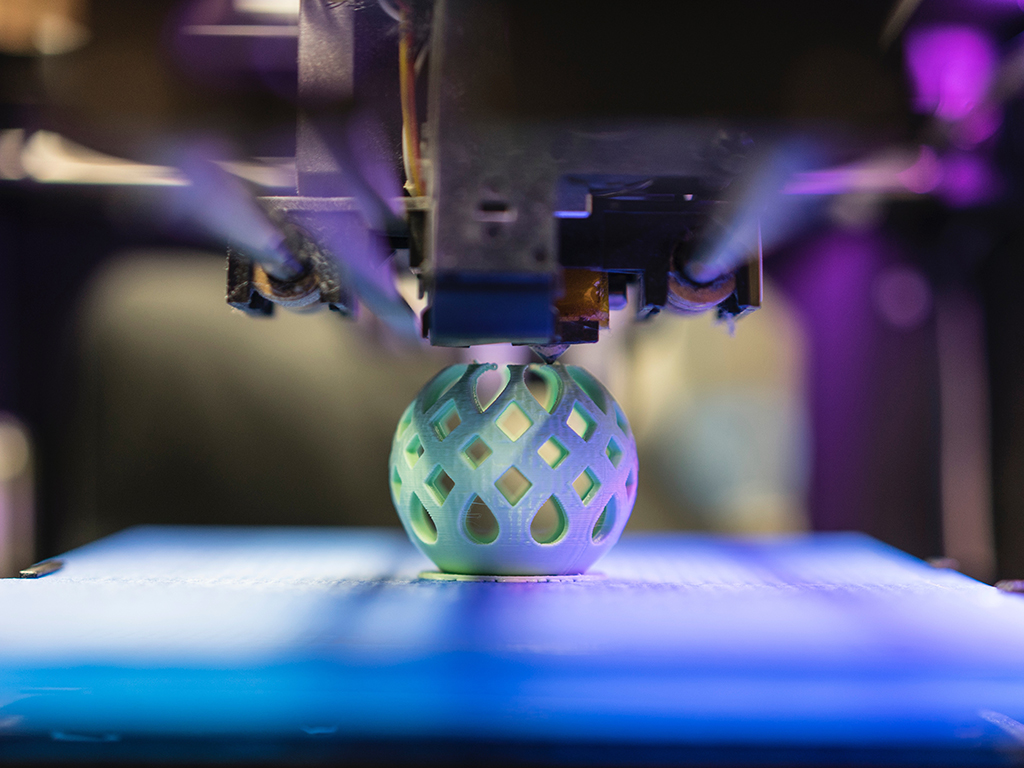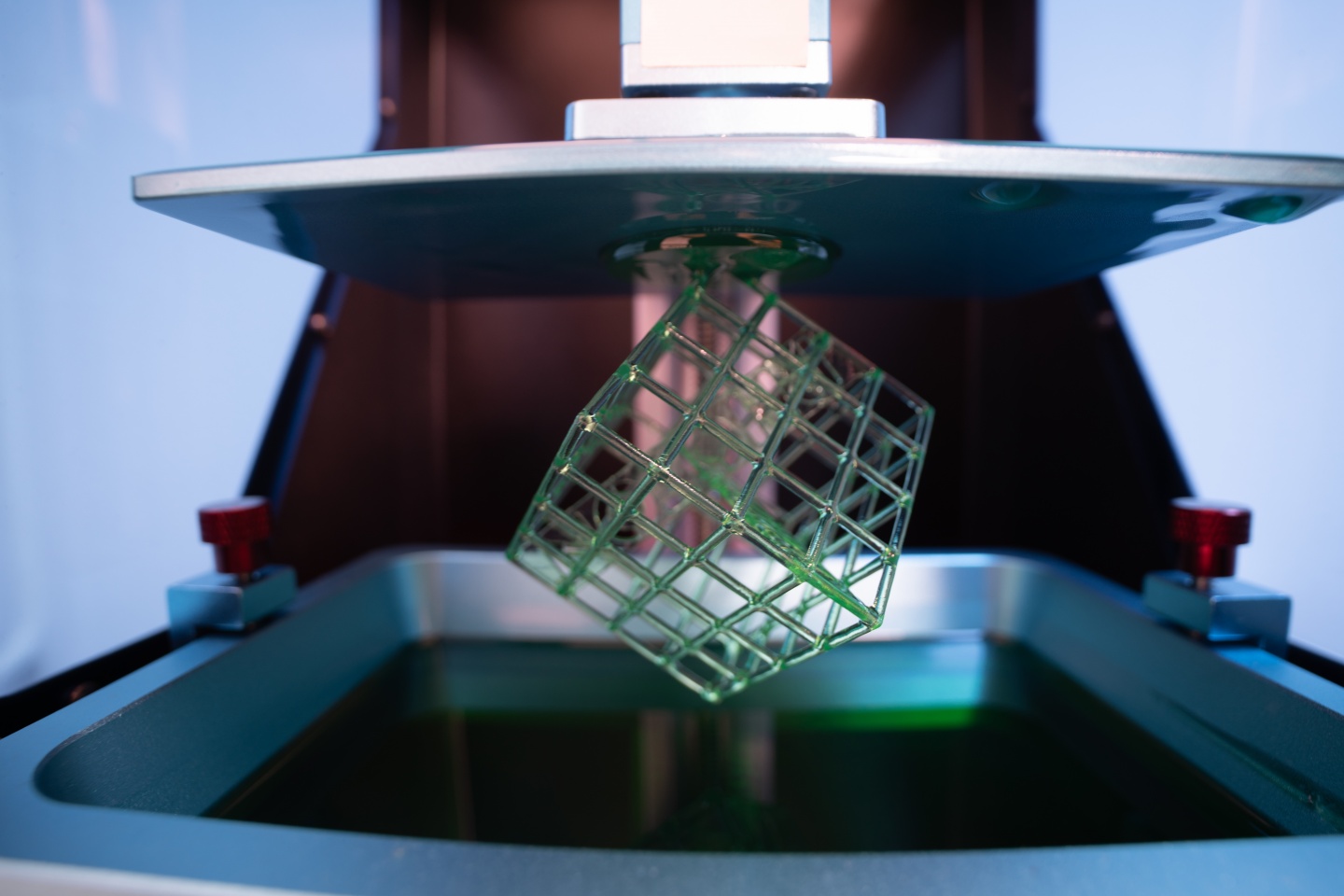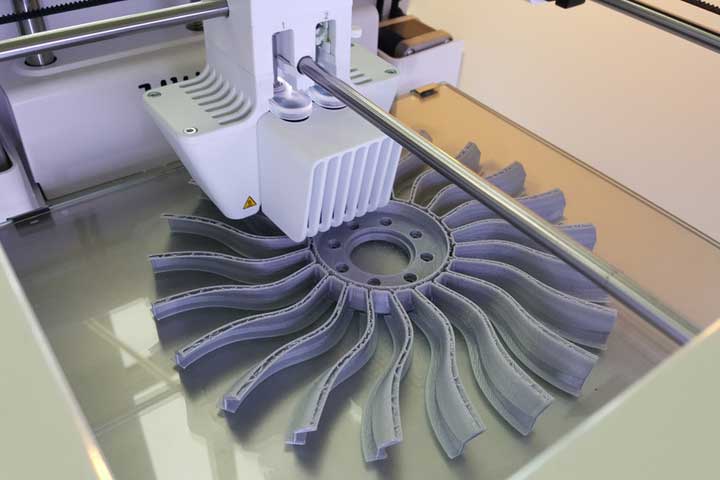Hey Readers! Welcome to trendphobia, In a world driven by technological innovation, 3D printing has emerged as a revolutionary force reshaping industries and sparking creative possibilities. Also known as additive manufacturing, 3D printing has transformed the way we conceptualize, design and produce objects. This transformative technology has disrupted various sectors, from manufacturing and healthcare to art and education, and its potential seems boundless. In this blog post, we will delve into the fascinating realm of printing technology exploring its history, applications, benefits and future prospects.
The Evolution of 3D Printing

The concept of 3D printing dates back to the early 1980s when Chuck Hull introduced stereolithography, a technique that utilized UV light to solidify layers of liquid resin. This marked the beginning of a new era in manufacturing.
Types of 3D Printing Technologies
Stereolithography (SLA)

SLA uses a UV laser to selectively cure liquid resin, creating precise and intricate objects. SLA is popular in industries requiring high-detail prototypes and intricate designs.
Selective Laser Sintering (SLS)
SLS employs a high-powered laser to fuse powdered materials, such as plastics, metals, and ceramics, into solid structures. It is known for its versatility and is utilized in aerospace, automotive and medical fields.
Also read Space Technology and Satellite Communications
Digital Light Processing (DLP)
Similar to SLA, DLP employs a digital light projector to cure liquid resin layer by layer. It is known for its speed and is used in industries demanding high-resolution prints.
Applications
Healthcare

3D printing has revolutionized medical practices, enabling the creation of patient-specific implants, prosthetics and surgical guides. It has even been used to fabricate complex organs and tissues, advancing the field of regenerative medicine.
Aerospace and Automotive

The aerospace and automotive industries have embraced printing for rapid prototyping, lightweight component production and customized parts manufacturing, leading to reduced costs and improved efficiency.
Also read Digital Twins: Unveiling Revolutionary ApplicationsGoogle Marketing: Unlocking the Power
Art and Design
Artists and designers are utilizing 3D printing to push creative boundaries, crafting intricate sculptures, jewelry and fashion pieces that were once deemed impossible to create by hand.
Education

3D printing has found its way into classrooms, enhancing STEM education by allowing students to bring their ideas to life and understand complex concepts through tangible models.
Benefits and Challenges

The advantages of 3D printing are numerous. It allows for rapid prototyping, reduced material waste, customization and complex geometries that traditional manufacturing methods struggle to achieve. Moreover, it facilitates decentralized manufacturing, enabling local production and reducing global supply chain dependencies. However, challenges remain. Quality control, material limitations and post-processing requirements are areas that continue to evolve. Ensuring the consistency and reliability of 3D printed parts remains a focal point for researchers and practitioners.
The Future of 3D Printing

As technology continues to advance, the future of 3D printing holds incredible promise. Researchers are exploring new materials, such as biocompatible and environmentally friendly options, while advancements in multi-material and multi-color printing are unlocking new avenues for creativity. Additionally, the integration of artificial intelligence and machine learning is poised to optimize printing processes and enhance design capabilities.

According to trendphobia, 3D printing technology is undeniably a game-changer, reshaping industries and empowering individuals to turn their imaginative visions into tangible reality. With its boundless potential, printing continues to push the boundaries of what’s possible, offering a glimpse into a future where creativity, innovation and production converge seamlessly. As we embark on this exciting journey, the only limit to what we can achieve with printing is our imagination.
Thanks for reading😊
You may also read
- Google Marketing: Unlocking the Power
- Cybersecurity: Safeguarding Your Digital World
- Metamorphic Robots: The Shape-Shifting Future of Robotics
- Defeating Phishing Attacks: A Guide to Secure Online Navigation
- Defeating Phishing Attacks: A Guide to Secure Online Navigation
